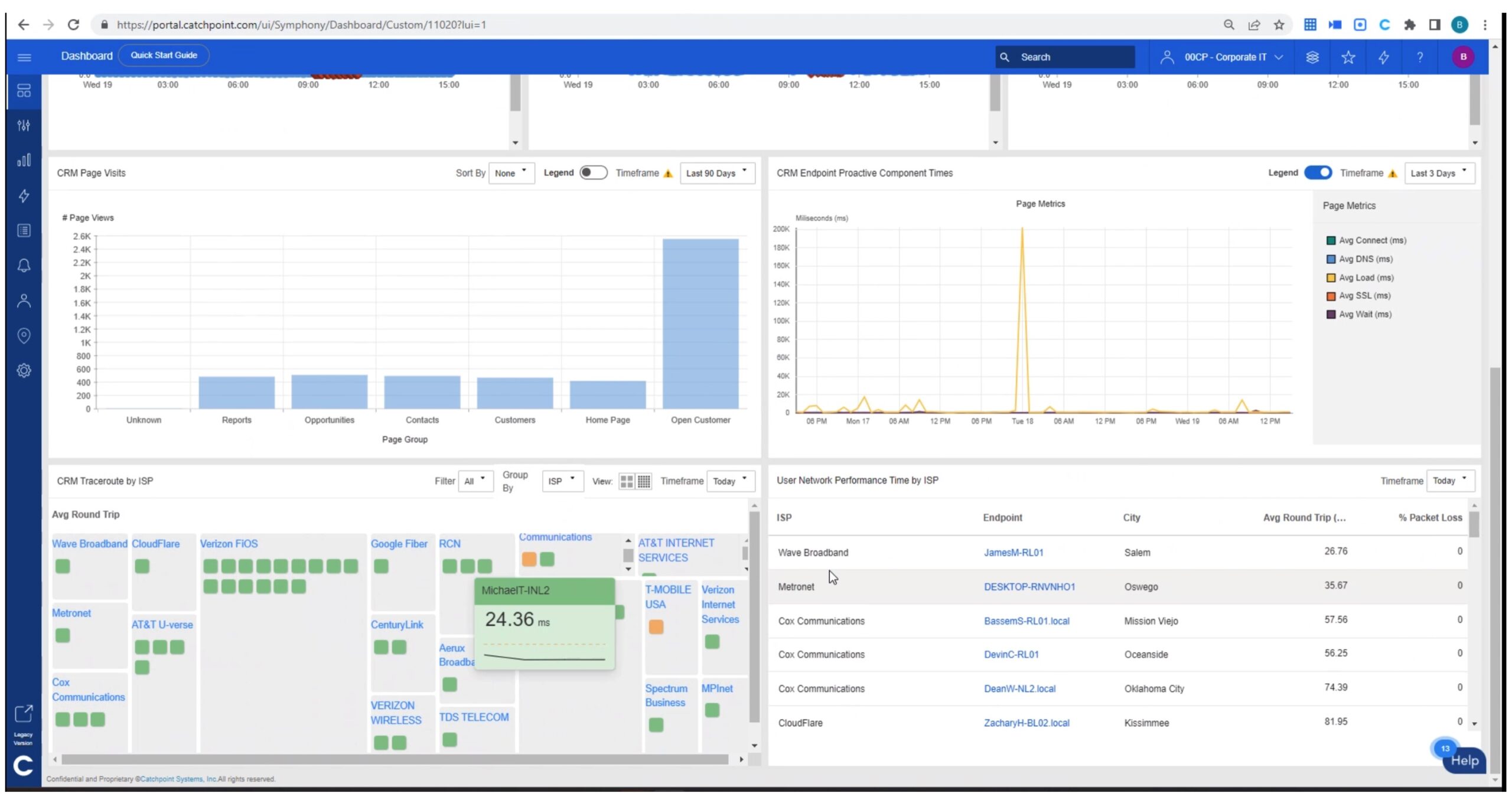There are no dearth of tools and platforms that can be used to monitor your traffic within your network. That’s not surprising. It’s your home turf, you own it end to end, there’s no reason you should have full visibility into what is going on.
Beyond the Network
But once that traffic leaves your network what happens? Increasingly, that traffic is moving over the open internet. Unlike using MPLS, this often means your broadcasting into a bit of a black box. Sure you can complain to your ISP, but ultimately there’s a lack of visibility once traffic leaves your network that’s hard to remedy.
ThousandEyes approaches this problem by looking at the fundamentals of the internet, how it is composed, to see if they can provide visibility. They approach monitoring the internet much the same as a network admin, treating it as a massive public WAN. They classify this very generously as “improving the quality of the internet”. But as traffic is shifting more to the cloud, and we’re seeing an accompanying increase in internet traffic from branches to SaaS, the quality of the internet often directly correlates to the quality of business.
The problem becomes when there is a “cloud problem”. How do you even start to remediate? You lack the standard troubleshooting passive tools that you would use on your network, leaving a visibility gap. ThousandEyes approaches this by creating many vantage points for data across the internet, effectively actively monitoring the internet, and exposing that to customers to help remediate issues.
Network Intelligence
Network Intelligence is ThousandEyes platform to address this visibility gap. This relies on a series of Cloud Agents, which are essentially their monitoring infrastructure available as a service. They have a fairly wide geographic distribution, with agents operating in 152 cities and 53 countries. This gives customers visibility into the performance of local transit providers and last-mile ISPs. As expected the US and Europe dominate in total numbers, especially on the US costs, but I was surprised by the breadth of their coverage. Africa and central Asia are the only glaring gaps based on their maps.
Using this, they can estimate what actual end-user experience is going to be like, without having to install anything on the customer side, and without having to do any additional routing for SaaS applications.
Now that we have a basic conceptual understand of how they are getting this information, what is the actual user experience like? Network Intelligence can analyze any SaaS portal URL, and quickly shows a breakdown of the delivery chain. This is presented in layers of application delivery, starting with the HTTP health connection, then moving down through the network stack.

Things like availability aren’t just limited to a single agent pinging the service. Instead, using their Internet-wide monitoring, you can see not just when availability is disrupted, but where that disruption is localized. What impressive is the breadth of metrics available. It’s not just HTTP, it’s looking at application performance, packet loss and jitter; essentially anything that could be impacting the overall user experience, so as an admin you can have full visibility.

Above is the complete Layer 3 mapping of the SaaS delivery chain from a local network to the provider. This combined with the geographic view help to show not just where, but why slow downs and disruptions are happening. All of this monitoring is available through time, to see if this is a constant problem (in which case maybe change your SaaS app), or if the problem is new.
Conclusion
As we increasingly depend on applications that reside outside the traditional four walls, just monitoring your own network becomes woefully incomplete. ThousandEyes provides a truly unique way to view the Internet-at-large as your network. Without it, it becomes much more difficult to troubleshoot the complex application supply chain.




